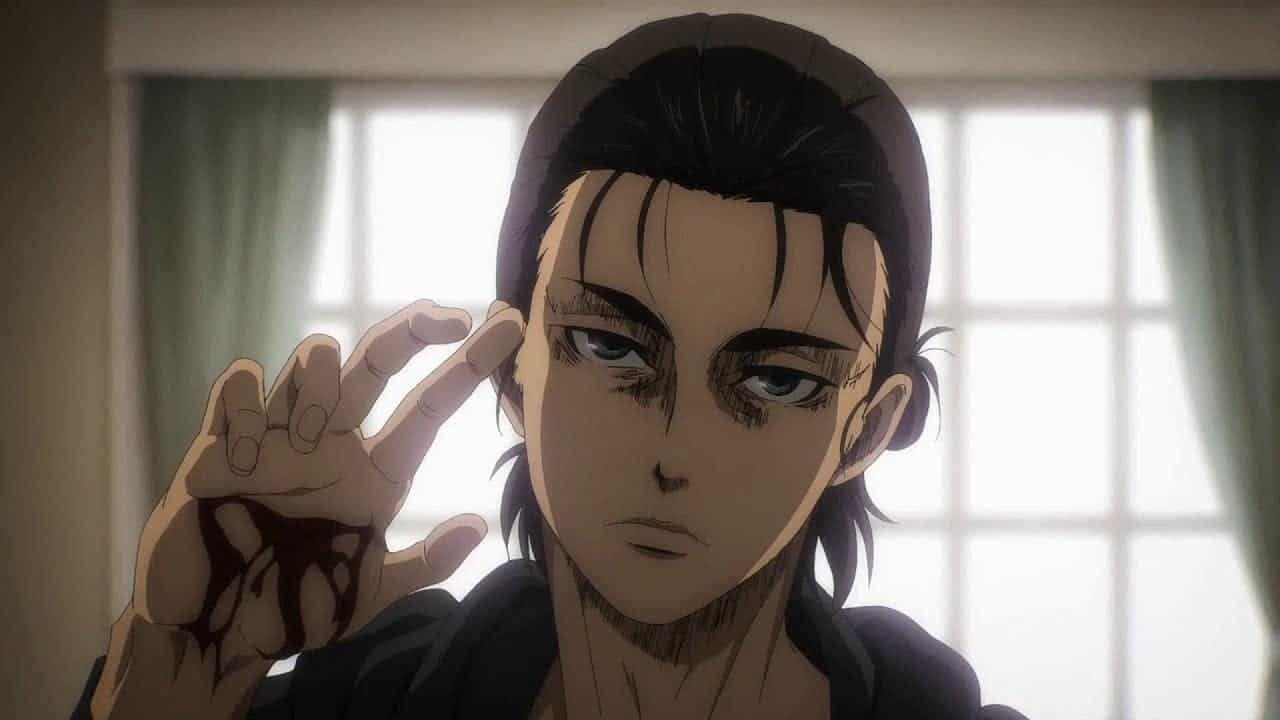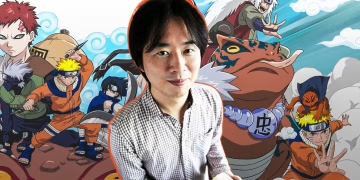In an interview, George Wada, the president of WIT Studio, known for producing the initial seasons of Attack on Titan and the highly anticipated One Piece adaptation, shared his concerns about the anime industry’s trajectory. He discussed the sustainability of the current high-quality production standards against the backdrop of escalating expectations.
When asked about the industry’s trend towards higher expectations and whether maintaining such quality is feasible, Wada expressed skepticism about the industry’s ability to continue at this rate. He emphasized the critical role of expanding the global anime fanbase, stating,
“I don’t think it’s possible to keep this pace up. What’s really important is that the number of anime fans in the world needs to continue to grow. Once they’re able to acquire more anime fans around the world, businesses are going to be willing to put more money towards the creation of anime, which will allow them to continue to create work of such high quality. So, if anything, it’s dependent upon the number of fans increasing.”
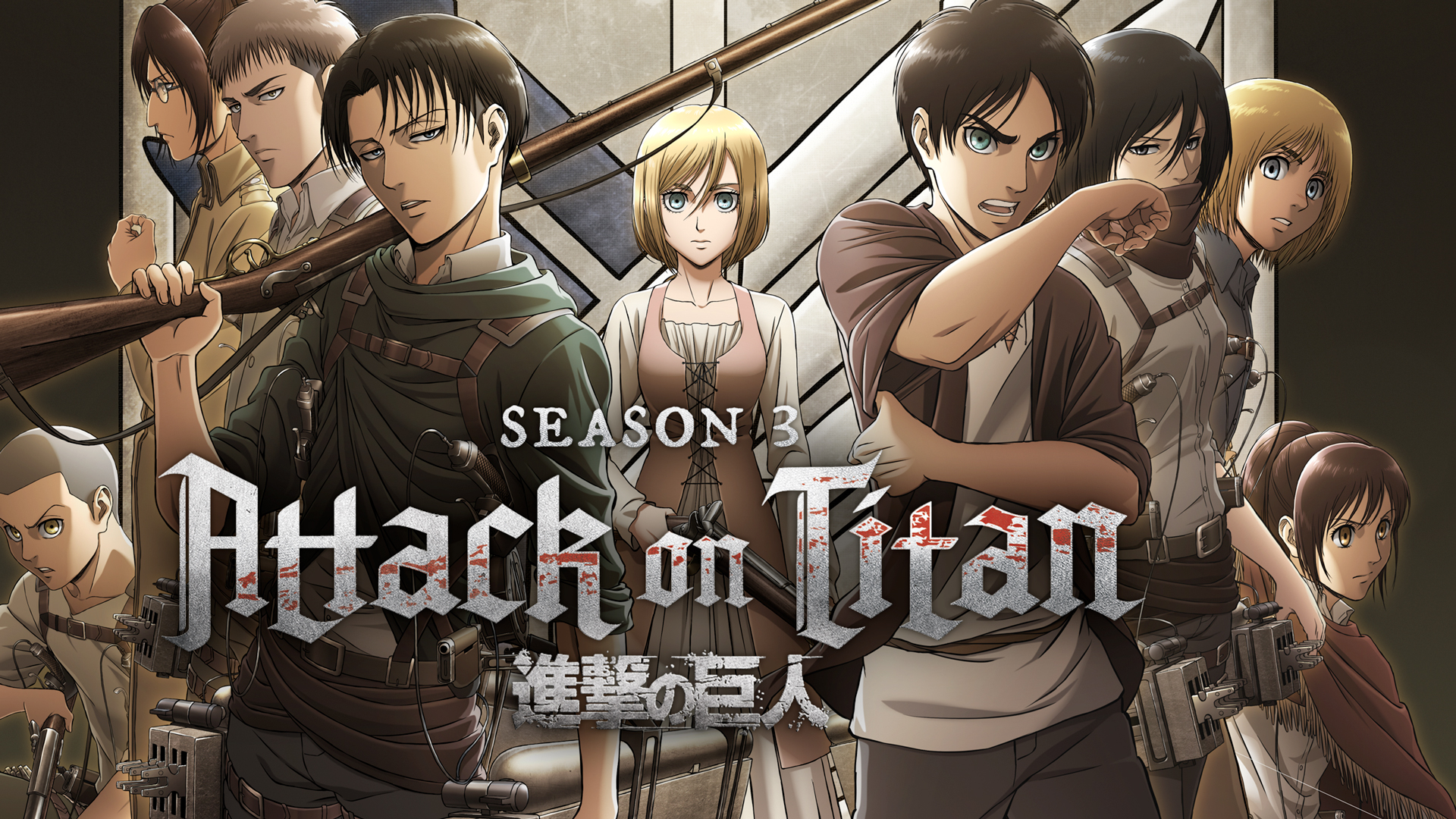
Wada suggested that, should this influx of investment materialize, prioritizing human resources would be imperative. “Putting all of that money towards growing the personnel and the talent pool is what we would do,” he remarked.
This perspective aligns with recent comments from Studio Pierrot’s director, Keirou Itsumi, of Naruto fame, who emphasized the importance of better overtime compensation and direct fan appreciation for staff through events.
These sentiments are also reflected in the actions of studio MAPPA, known for their pay raises and the establishment of the annual MAPPA STAGE events, highlighting a broader industry trend towards investing in talent and improving working conditions.
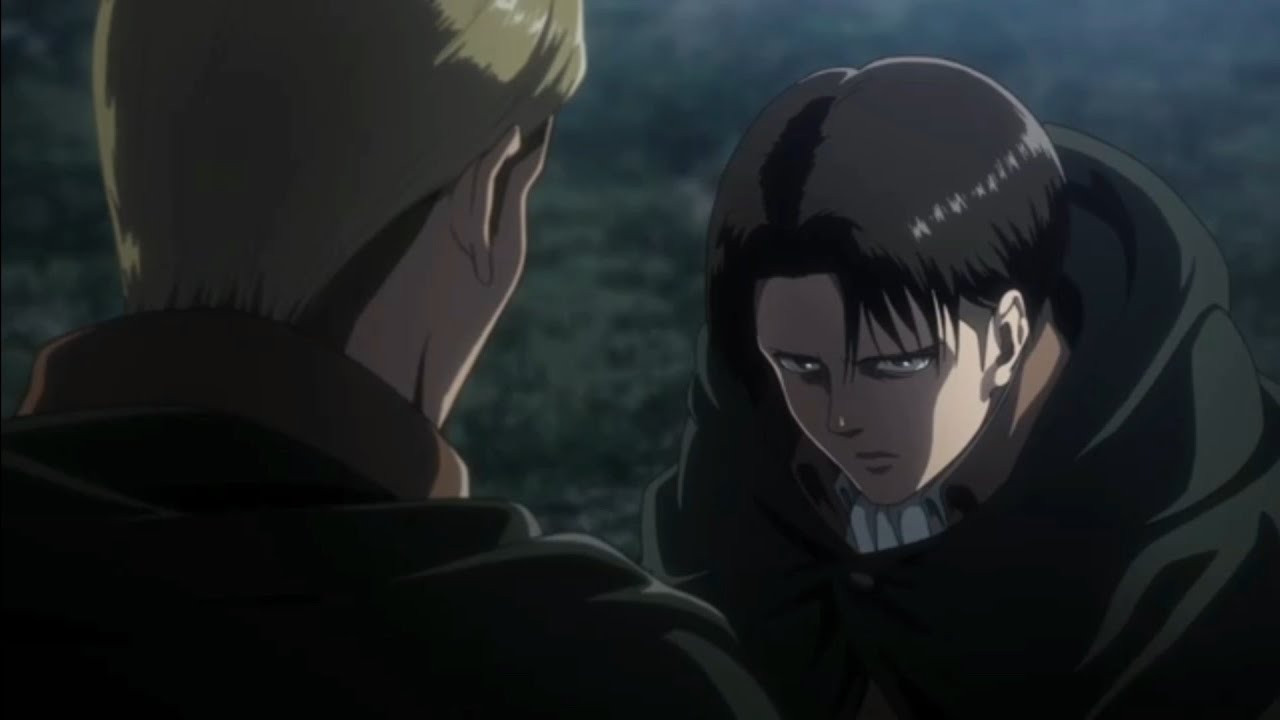
The anime industry is facing a dire forecast according to several key figures, including Jujutsu Kaisen 0’s chief animation director, Terumi Nishii. She, among others, predicts a potential collapse within the industry.
This concern arises from a critical mismatch between the rapid increase in anime production and the slower growth of skilled animators.
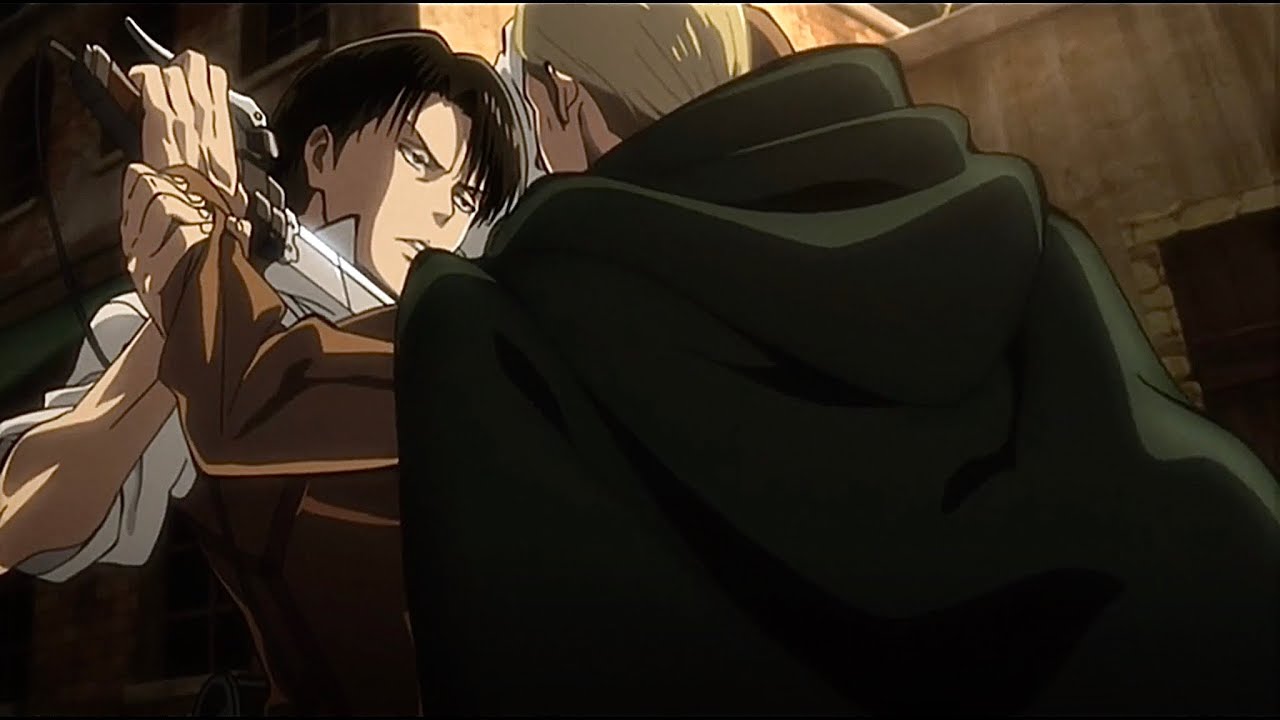
The National Animation Film Culture Association (NAFCA) has provided data underscoring this issue, showing that the demand for content is significantly outpacing the availability of experienced animators.
To fill the gap, studios are increasingly relying on less experienced animators. Unfortunately, this solution has its own set of problems, as the work of these novices often requires significant corrections from animation directors.
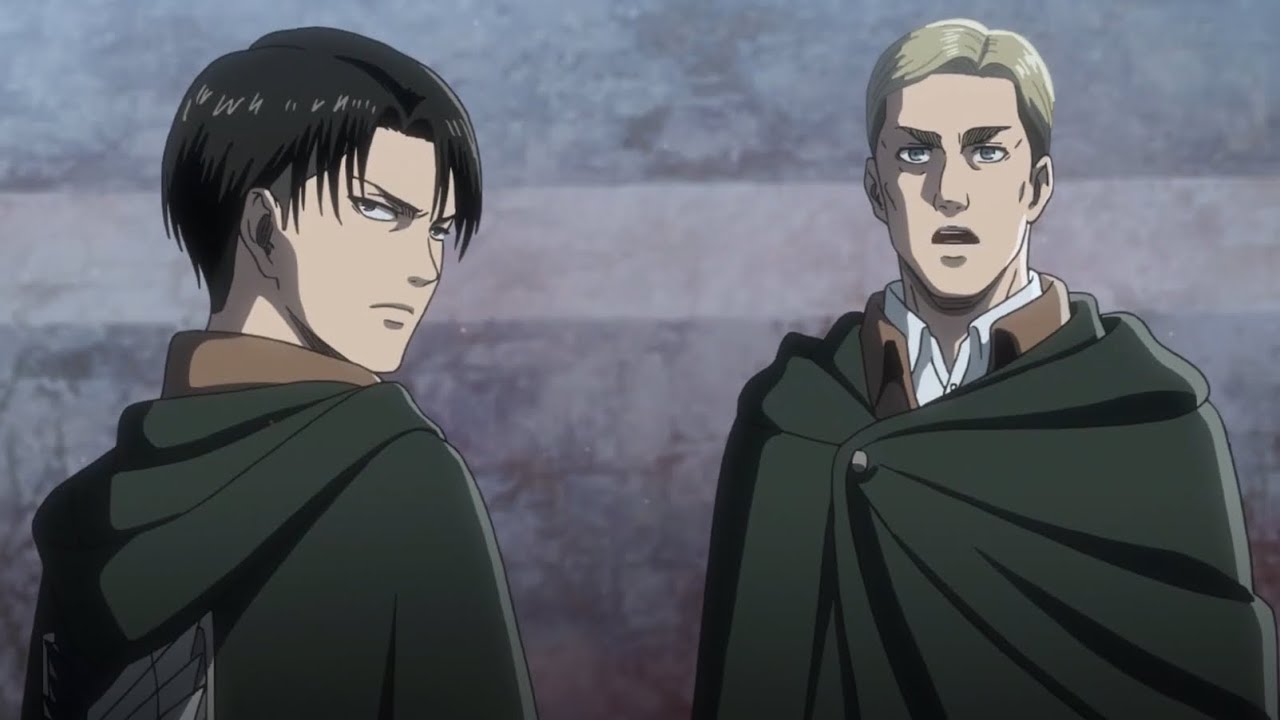
This not only places additional pressure on the directors but also hampers the ability of senior animators to mentor newcomers and pass on valuable skills. Furthermore, animators have pointed out that given the lead time for anime production, which can start three years before a show’s release, this trend is unlikely to reverse any time soon.
In the midst of these challenges, Attack on Titan, a series produced by WIT Studio and later by MAPPA, remains a highlight within the industry. Available for streaming on Crunchyroll, Attack on Titan has grabbed audiences worldwide.
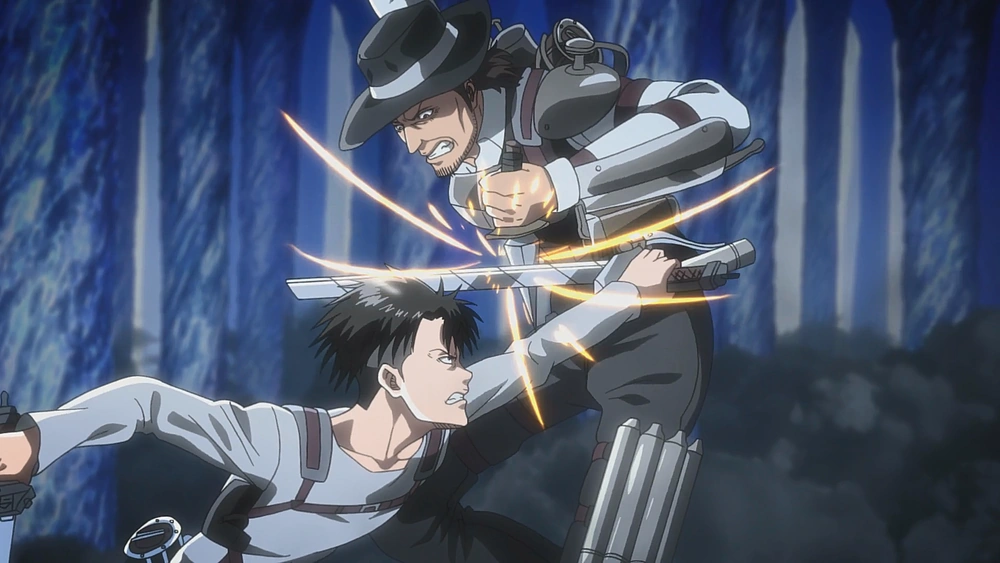
The series is set in a world where humanity resides within enormous walled cities to protect themselves from the Titans, gigantic creatures with an appetite for human flesh. The story follows the members of the Scouting Legion as they venture beyond the walls to fight the Titans, in a desperate bid for humanity’s survival.
This narrative of courage in the face of seemingly insurmountable odds resonates deeply, mirroring the real-life struggles of the industry that brought it to life.

